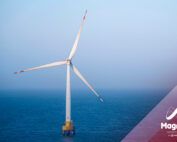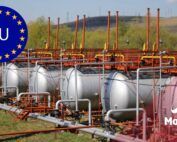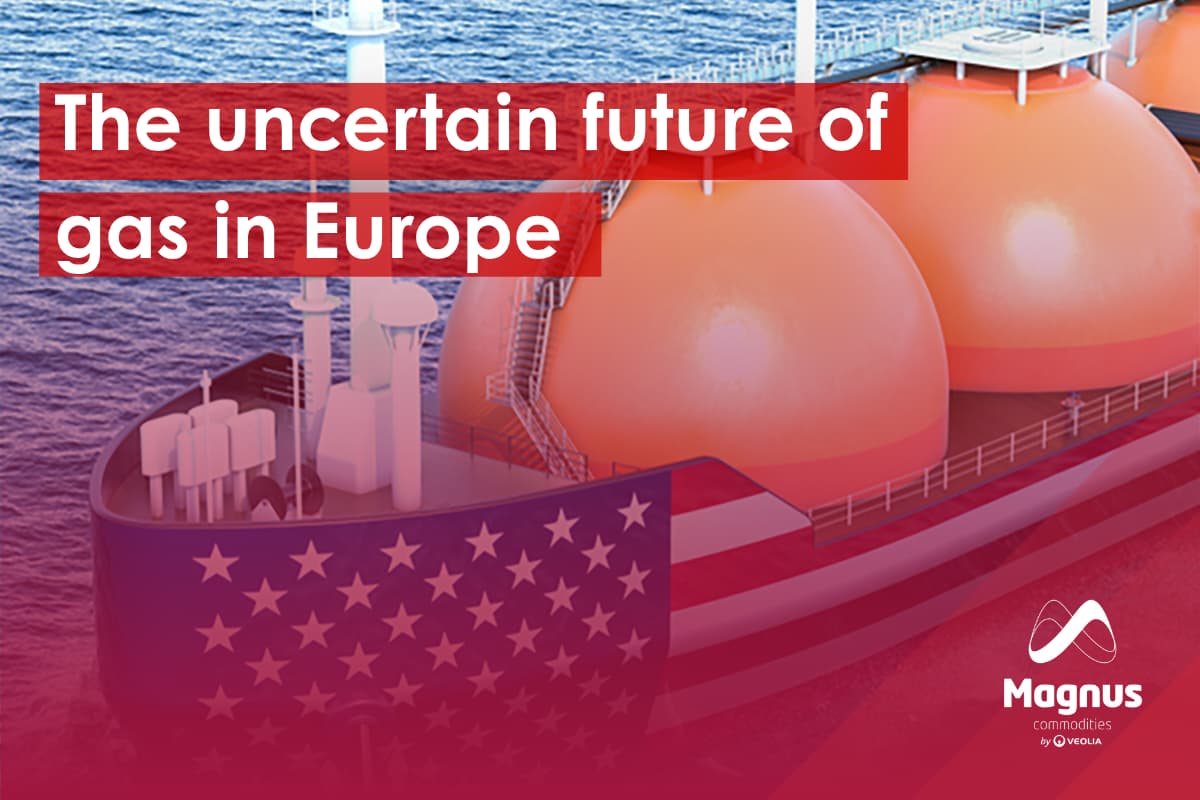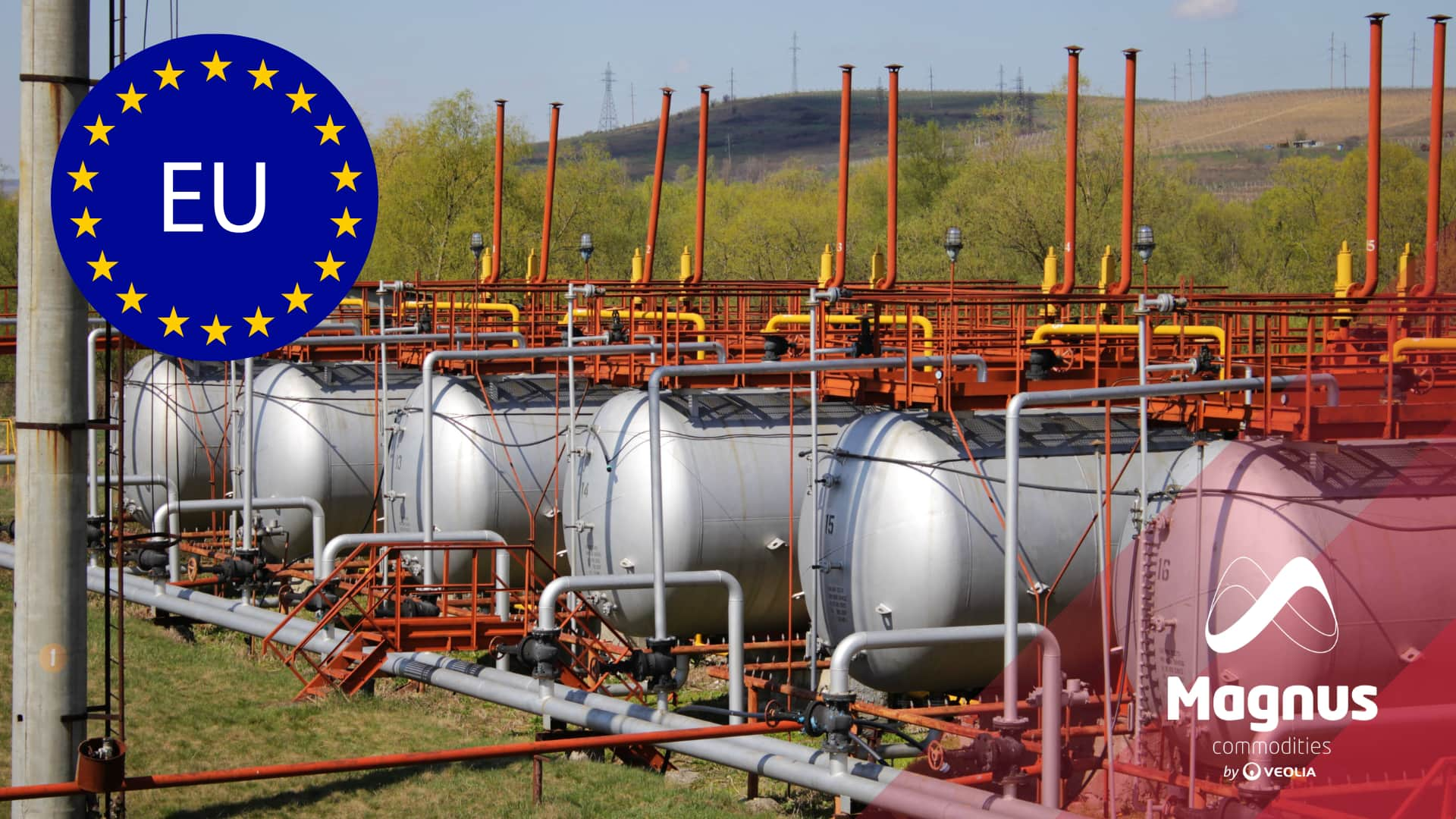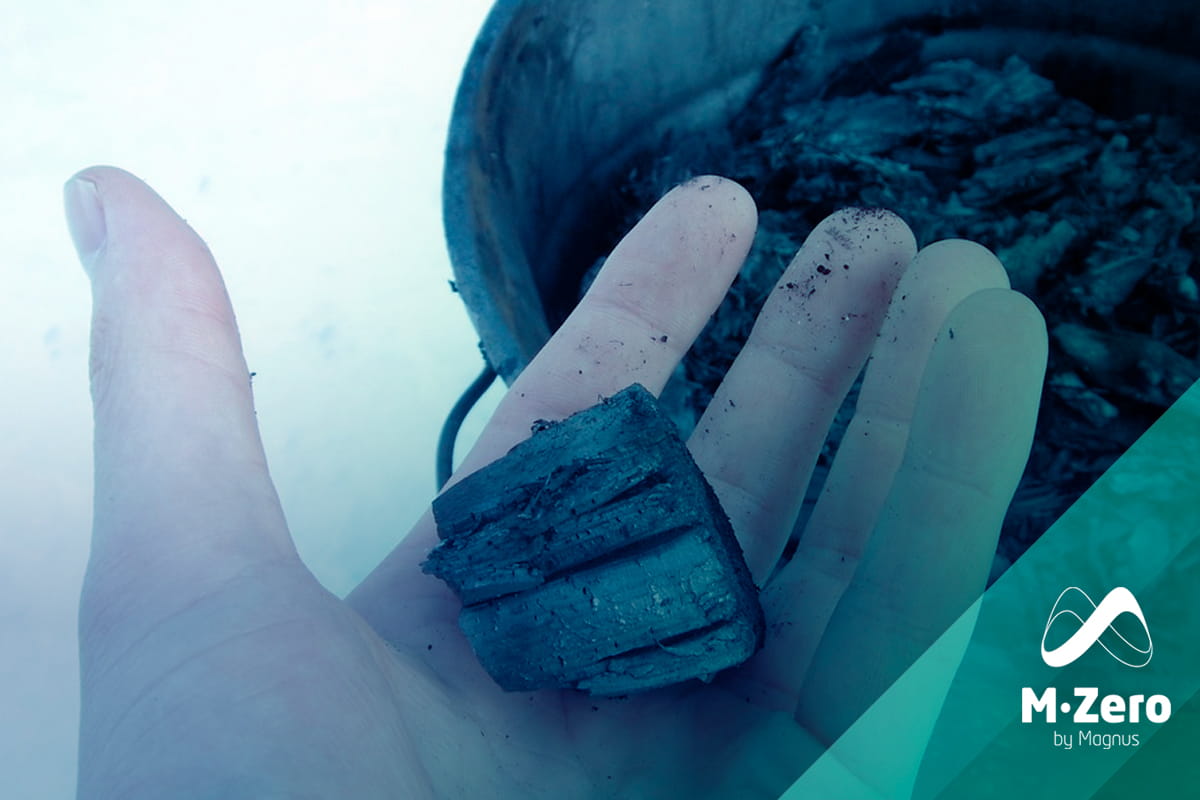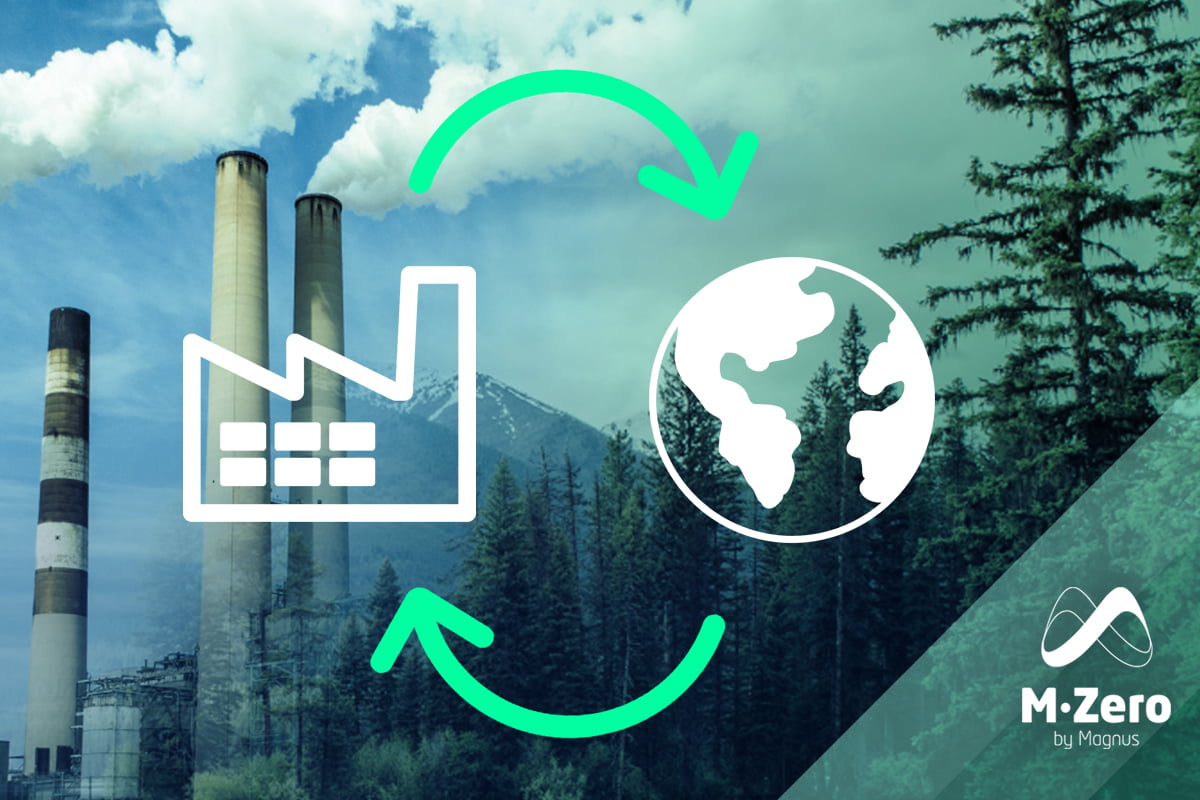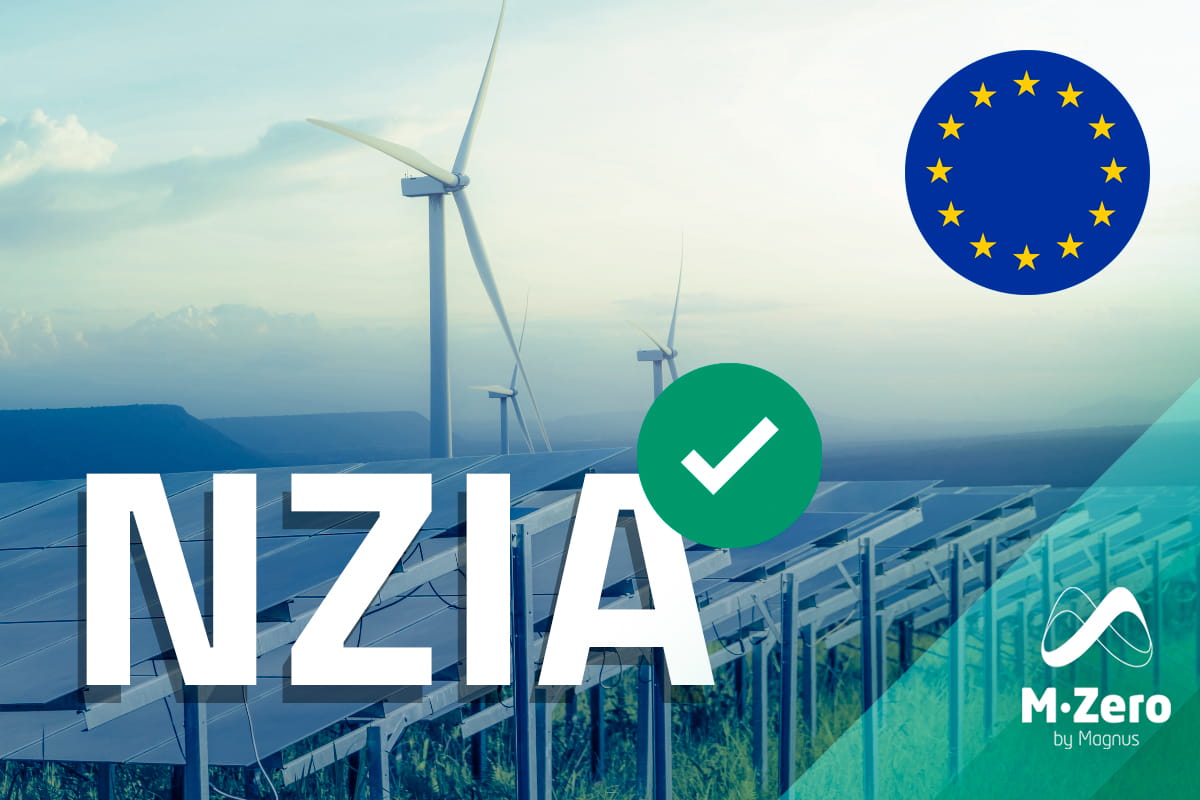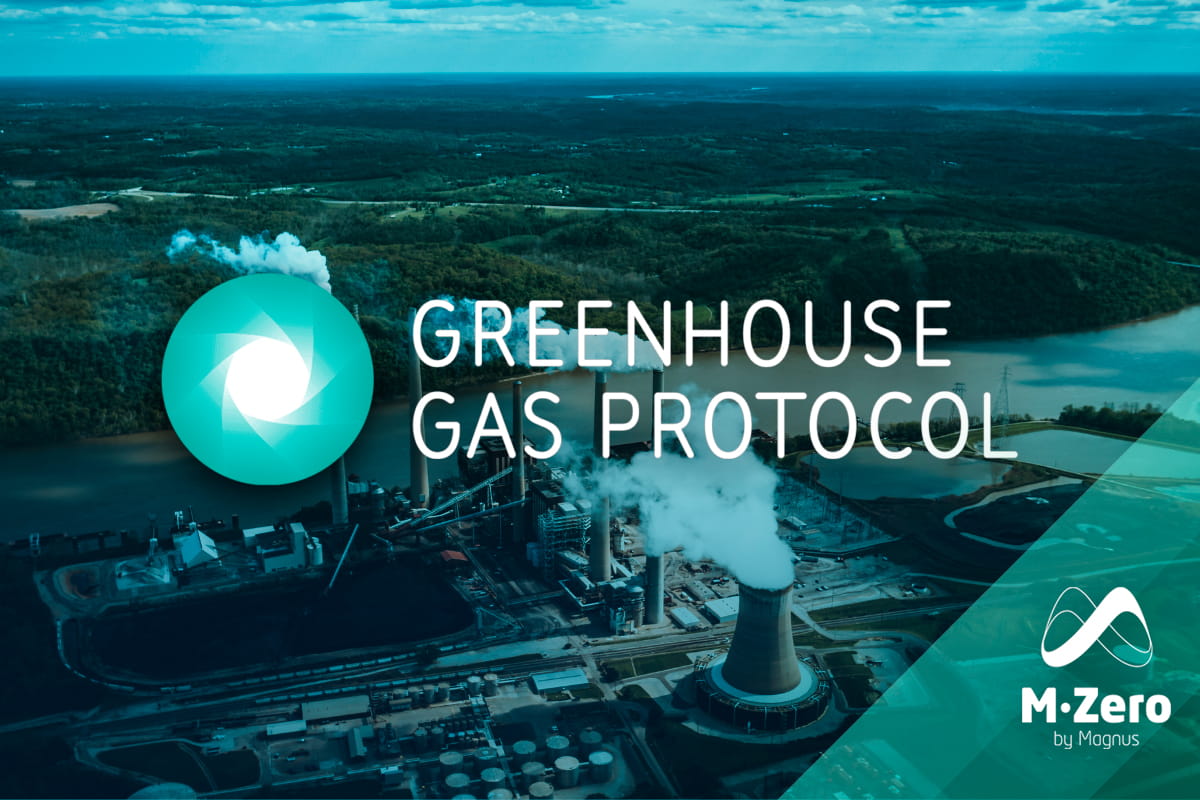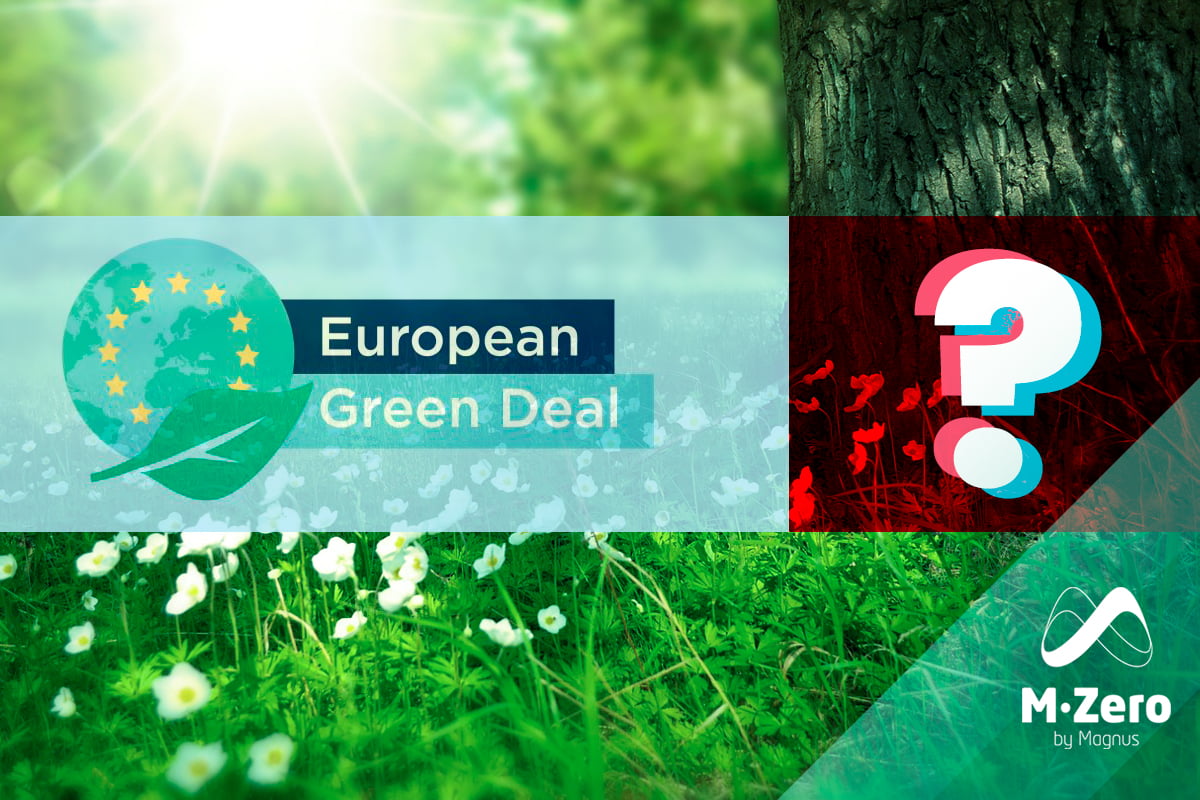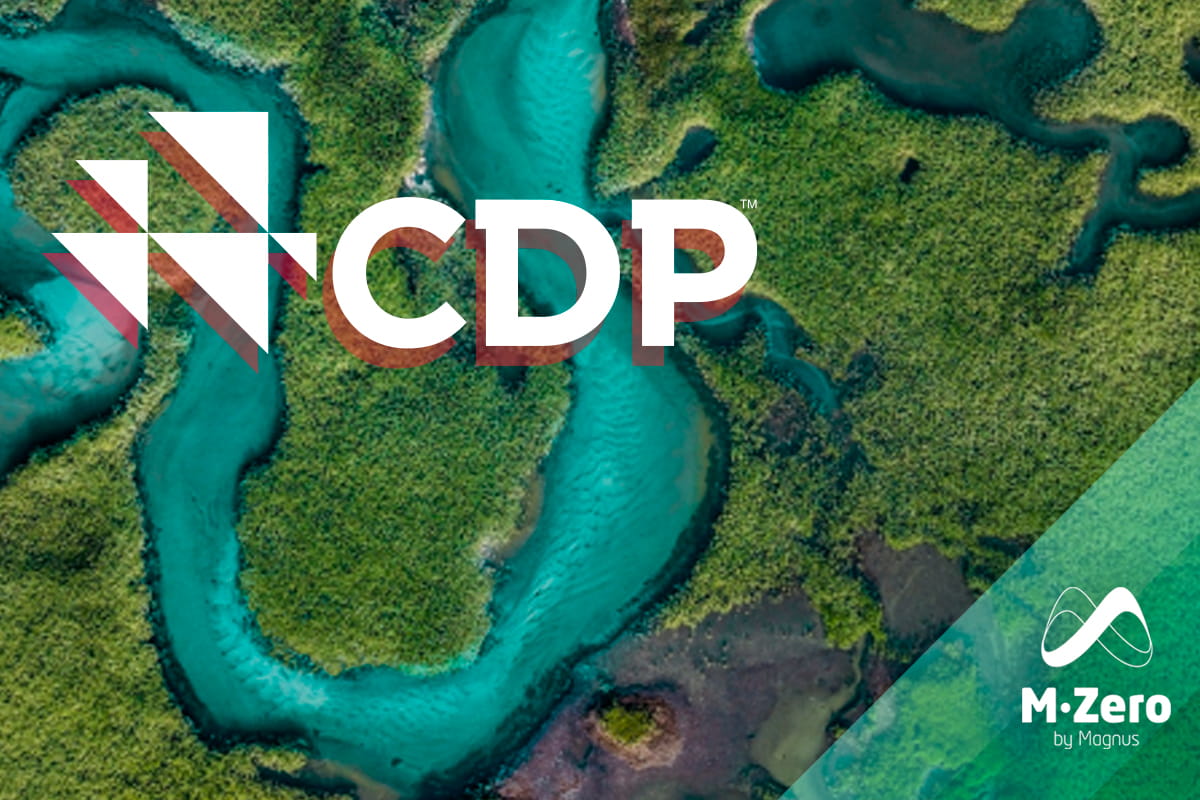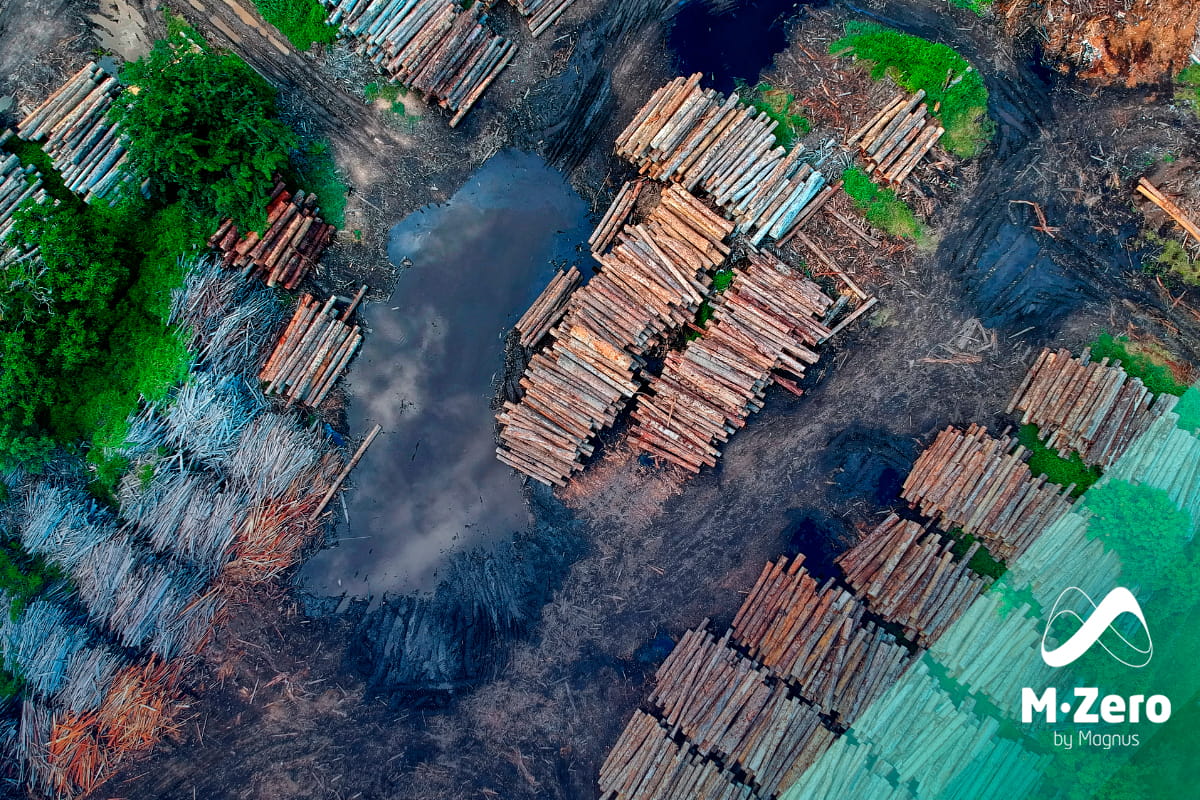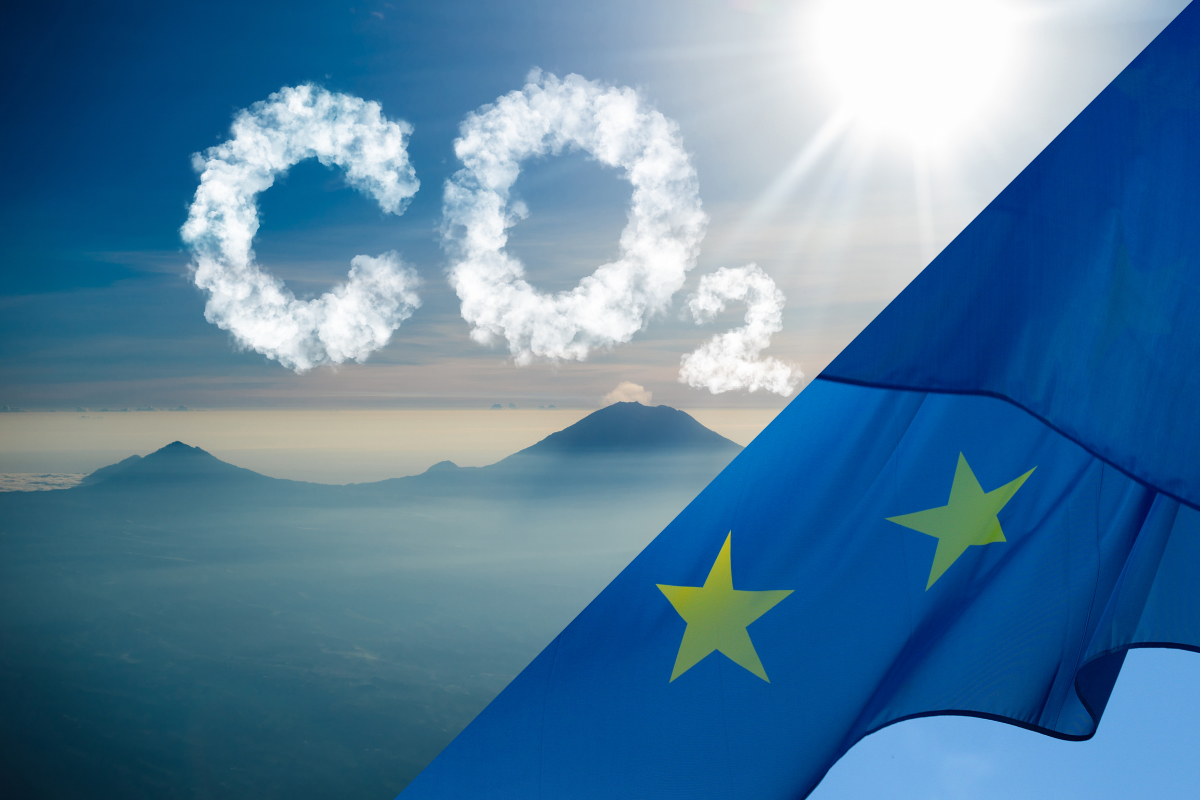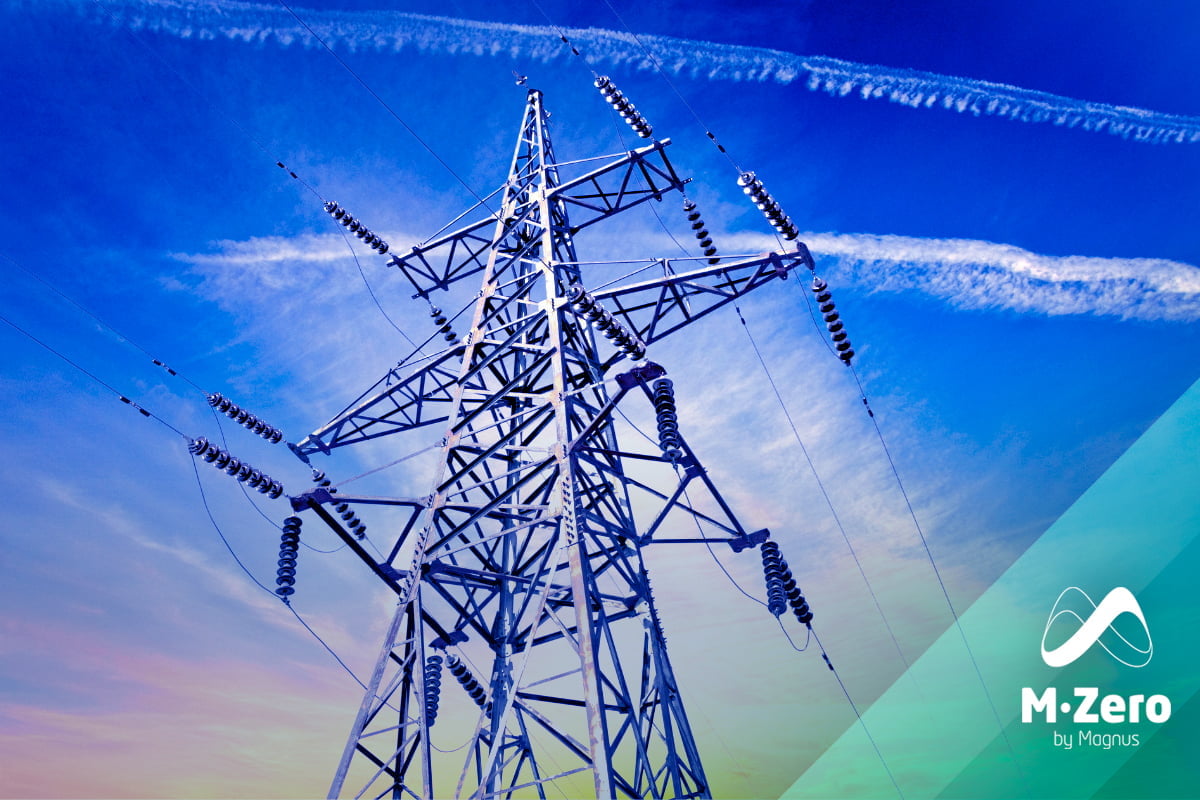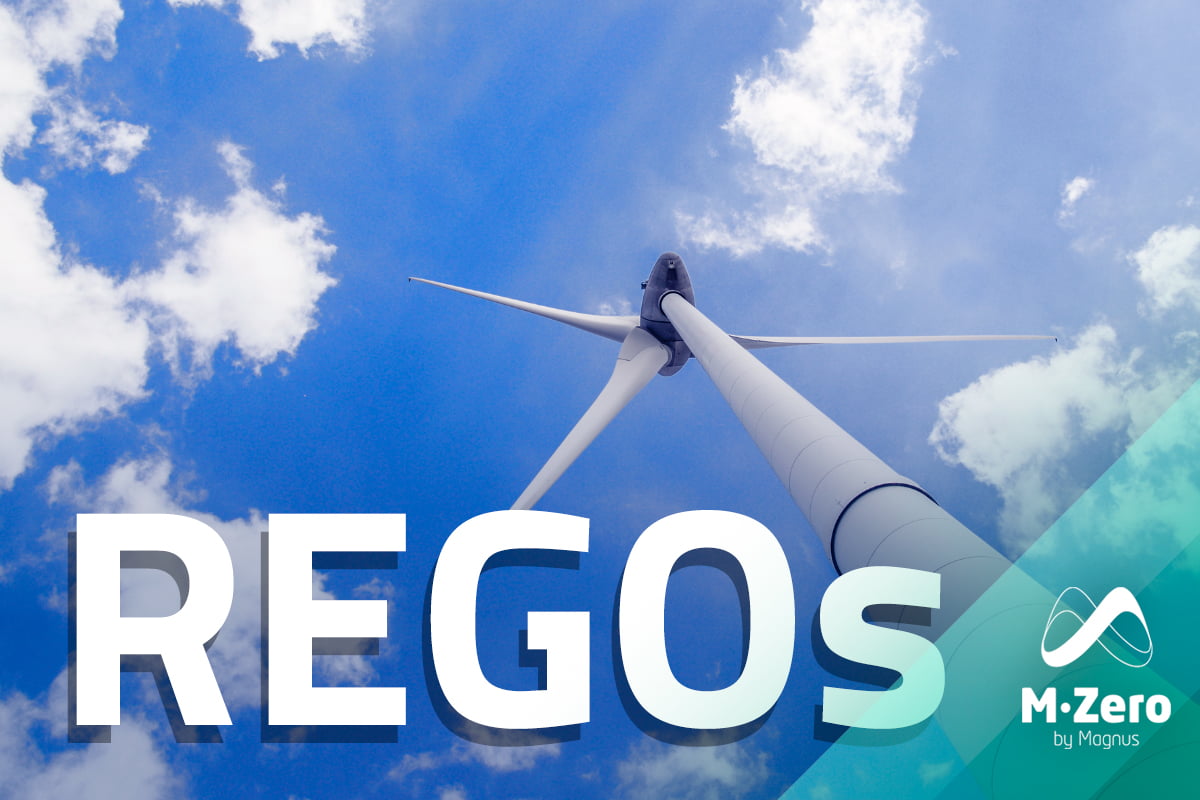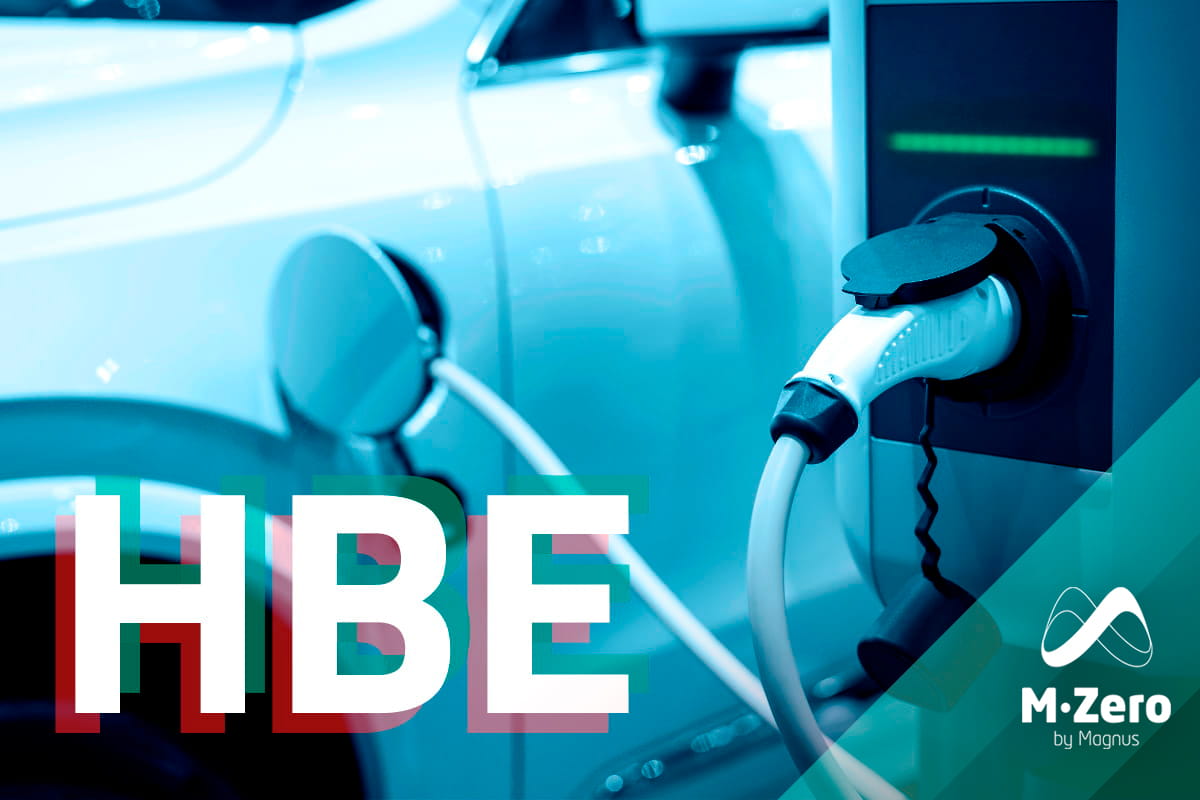
Former United Nations Secretary-General Ban Ki-moon stated that “the greatest challenge of the 21st century is responding to the climate crisis.” His words carry particular weight in light of the current climate emergency and geopolitical tensions, including the war in Ukraine, which underscore the urgent need to accelerate the energy transition. Traditionally dependent on nuclear energy, France now faces a double challenge: reducing its dependence on fossil fuels and achieving the climate targets set by the Paris Agreement and the European Union. In this context, renewable energy sources are seen as essential, and offshore wind energy in particular is considered a strategic solution.
France boasts the second largest maritime area in the world, positioning it strategically for offshore wind energy development. However, despite this considerable benefit, the country is not fully leveraging this resource. Offshore wind energy has the potential to produce more consistently than solar or onshore wind energy, making it a crucial component in achieving France’s carbon neutrality goals. At the European level, the European Commission is strongly promoting the development of this sector, with targets of 60 GW installed by 2030 and 300 GW by 2050. Failing to engage with this sector could result in missing significant industrial and financial opportunities.
To address these challenges, the Multi-Year Energy Program (PPE) has been established as the central tool of French energy policy. Its objective is to define the volumes of energy to be developed, prioritize areas for projects, and guide the necessary investments, ensuring good coordination between the actors in the sector. While the PPE has established targets for the development of these energy sources, there appears to be a discrepancy between the targets and the available resources.
I. The Strategic Role of the PPE
The Multi-Year Energy Program (PPE) is a foundational element of France’s energy policy. This plan establishes the long-term strategy for developing energy resources, determining the necessary investments, and identifying the geographical priorities for energy projects. Its primary objective is to facilitate a seamless energy transition that aligns with France’s climate targets, while ensuring economic competitiveness and reliable energy supply.
The PPE 3, covering the period 2024-2033, establishes the strategic guidelines for France in the context of the energy transition. One of the primary objectives of the PPE is to define the national energy mix, balancing the different energy sources: renewable energies, nuclear energy, fossil fuels, and new energy storage or conversion technologies. In this context, the PPE aims to integrate renewable energies in a progressive manner while maintaining the role of nuclear power, which represents a significant part of the French energy mix, especially for decarbonized electricity production. However, the transition to a lower-carbon mix requires gradual adaptation. The PPE must achieve this balance to avoid supply disruptions while reducing greenhouse gas emissions.


The PPE has established ambitious targets for renewable energies, including 3.6 GW of offshore wind energy by 2030. However, these targets must be accompanied by more concrete and effective measures. Regarding the targets established for 2030 and 2050, France is dedicated to reducing greenhouse gas emissions by 55% by the year 2030 and achieving carbon neutrality by 2050, aligning with the objectives set forth by the European Union.
Offshore wind energy plays a key role in achieving this objective, but there is still a significant delay in its development. France, with its substantial maritime potential, has only installed 2 GW of offshore wind power, while the United Kingdom has already installed 14 GW. This discrepancy in the pace of offshore wind project implementation raises concerns about France’s ability to achieve its 2030 and 2050 targets.
However, despite these targets, the implementation of offshore wind energy projects continues to lag behind expectations. The lack of clarity in planning, long administrative deadlines, and complex management of territorial agreements are delaying the completion of projects. This stands in contrast to the rapid progress witnessed in other European countries, such as the United Kingdom, where the installed offshore wind capacity has already reached 14 GW, significantly surpassing France’s 2 GW.
Therefore, the PPE, although ambitious, must be adapted to ensure that it fully integrates offshore wind energy into a broader and more coherent framework capable of responding to the contemporary challenges of the energy transition. A review of how targets for offshore wind energy are defined is necessary, as well as greater flexibility in coordinating stakeholders, stronger support for technological innovation, and better support for local communities in projects.
II. The governance structure is characterized by excessive centralization and a lack of connection with local regions
The energy transition in France is based on a variety of energy sources, and the Multi-Year Energy Program (PPE) must ensure its smooth development by balancing nuclear power, renewable energies, and storage or flexibility solutions. While offshore wind energy targets are crucial to this transition, they represent only a portion of the broader energy mix. The strategic role of the PPE is to define clear targets for all energy sources in order to meet France’s energy needs while fulfilling its climate commitments.
However, the governance of this energy transition is still too centralized and disconnected from local realities. The public consultation process, established by the National Commission for Public Debate (CNDP), is often considered insufficient for the full involvement of local actors in decision-making. Consultation is initiated at a late stage in the planning process, which can lead to tensions and resistance. Local actors, who are intimately acquainted with the distinct characteristics of their respective territories, are frequently excluded from the decision-making process. This exclusion often gives rise to conflicts of use and mistrust of large-scale projects.
Offshore wind energy is a pivotal sector for the energy transition, but it must be viewed within the broader framework of the energy mix. France must diversify its energy sources, considering other technologies such as onshore wind, solar, hydro, and nuclear, while reducing its dependence on fossil fuels. Offshore wind energy plays a strategic role in enabling the local production of decarbonized energy, which is essential for achieving carbon neutrality. However, for this industry to develop effectively, it is crucial that projects are well integrated into their local environment and that the communities affected can actively participate in decisions.
The absence of coordination among the various governance levels—national, regional, and local—results in delays in project development and the creation of superfluous tensions. Large-scale infrastructure projects related to offshore wind and solar energy, as well as new nuclear or storage projects, require harmonious planning that takes into account both national energy needs and local concerns. France’s ambition to accelerate its energy transition is clear. To achieve this, it is essential that the various territorial actors improve their cooperation.
This approach involves integrating local governments into the planning process from the earliest stages, thereby avoiding future opposition and ensuring the successful implementation of projects. Furthermore, the management of maritime spaces and consultation with sectors such as fishing, tourism, and industry must be rethought to minimize conflicts and maximize the economic and social benefits of energy projects.
III. A comparison of Brussels and Paris reveals a lack of sufficient European alignment
The European Union is firmly committed to the energy transition, with ambitious targets for decarbonizing its economy. The European Green Deal, launched in 2019, and the 2030 Climate Plan aim to reduce greenhouse gas emissions by at least 55% by 2030 and achieve carbon neutrality by 2050. In this context, offshore wind energy plays a strategic role, and the European Commission is strongly promoting the development of this sector. The European Commission has set ambitious targets for the expansion of offshore wind energy: 60 GW of offshore wind energy must be installed by 2030 and 300 GW by 2050. These targets aim to enhance Europe’s energy security, generate employment opportunities, and promote the growth of the green industry.
However, France has not yet fully aligned itself with this European dynamic. While the PPE has established targets for offshore wind energy, these appear to fall short when measured against the ambitious targets set by our European counterparts. France has significant maritime potential, yet it has installed only 2 GW of offshore wind energy, compared to the United Kingdom’s 14 GW. This slowness is particularly concerning given France’s potential to become a leader in this sector if it were to actively commit itself, given its coastline and exclusive economic zone.
The absence of coordination between French and European targets represents a significant impediment to the advancement of the industry. While the European Commission has implemented funds and mechanisms to support the energy transition, France appears to be facing challenges in mobilizing the resources necessary to maintain a competitive footing with Europe. If France fails to catch up, it risks missing out on significant financial opportunities and failing to benefit from the industrial advantages of offshore wind energy development. Furthermore, a lack of alignment could potentially compromise France’s capacity to wield influence over European energy governance, at a time when the country aspires to assume a central role in the continent’s energy transition.
France’s Integrated National Energy and Climate Plan (PNEC), which is intended to serve as the national implementation of the European agreement, must receive a favorable evaluation from the European Commission. If the PPE does not demonstrate a stronger commitment to offshore wind energy, France may face questions from Brussels, which could impact its credibility and standing in European energy negotiations. In the PPE1 (2016-2018) and PPE2 (2019-2023) programs, the foundations for this energy transition were laid by setting emission reduction targets and promoting renewable energies, especially onshore wind. These periods also saw the planning of new energy infrastructure projects, albeit at a slower pace than expected. PPE1 concentrated on establishing explicit objectives for reducing CO2 emissions and fortifying renewable energy sources. Concurrently, PPE2 signaled a shift towards a more systematic approach to the transition to decarbonized electricity, encompassing the incorporation of offshore wind energy. However, progress remained constrained due to administrative challenges and a paucity of tangible projects.
To avoid this scenario, it is essential that France raise its offshore wind energy targets, aligning them more closely with those of Europe, while adapting its governance to facilitate the rapid development of this sector. France could accelerate its energy transition and strengthen its role as a leader in the European energy transformation by implementing a more ambitious and better coordinated strategy.
Conclusions
Offshore wind energy is a critical component of France’s strategic plan for its energy transition. With its exceptional maritime potential and a key role in achieving carbon neutrality targets, this industry has the potential to make France a leader in decarbonized energy. However, to fully capitalize on this potential, several challenges must be addressed.
The Multiannual Energy Program (MEP) is ambitious in its objectives, but it is insufficiently precise and too timid with regard to offshore wind energy. The project’s slow implementation, combined with overly centralized governance and poor consultation, has led to significant delays in project completion. To meet its climate commitments and play a central role in the European energy transition, France must revise the PPE to make it more operational, more transparent, and better aligned with European objectives.
The delay in the offshore wind energy sector in France is particularly problematic in light of Europe’s rapid progress in this area. France has set ambitious targets for offshore wind energy, but it appears to be facing challenges in meeting them. If the country does not recalibrate its ambitions for offshore wind energy and reorganize its governance to fully integrate local actors, it risks missing out on economic opportunities and being marginalized in European energy debates.
Offshore wind energy should not be regarded as a mere option; rather, it should be seen as a strategic imperative for France. Accelerating the development of this sector is essential, and this can be achieved by revising the PPE, improving territorial consultation, and strengthening cooperation with European players. France’s energy future hinges on its ability to leverage its maritime resources and adapt to the challenges posed by the energy transition.
If you found it interesting, please share it!
Recent Articles


